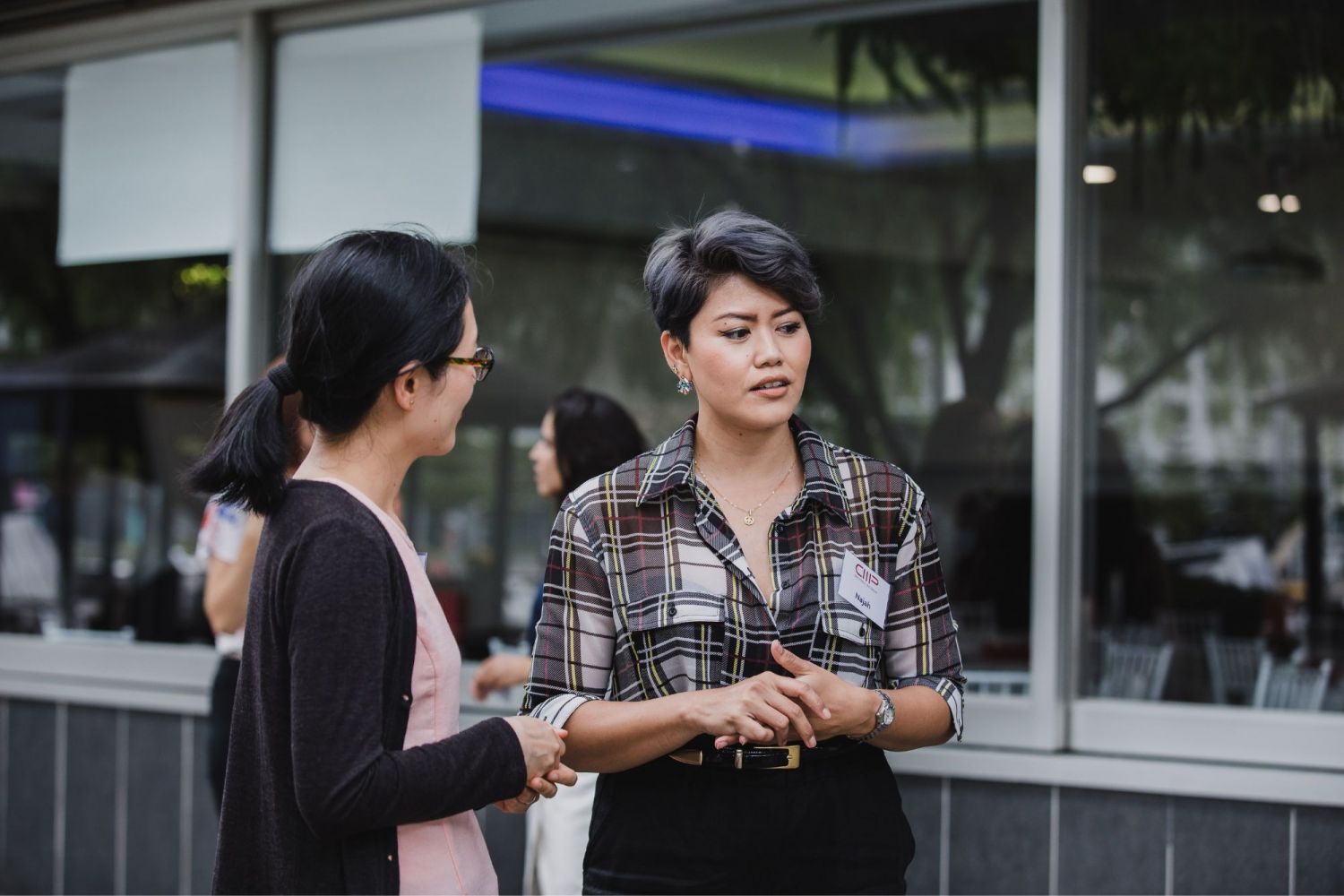The sustainability specialist is passionate about adding a Southeast Asian voice to the global sustainable fashion conversation
“There’s no accurate word for sustainability in the Malay language,” Najah Onn remarks candidly. “There’s ‘kelistarian’, but I don’t think it captures the spirit of the word. ‘Kemampanan’ perhaps has some elements of it, but it doesn’t make sense to people who don’t speak English.”
Najah isn’t saying that sustainability doesn't exist in Malaysian culture or, for that matter, in Southeast Asian culture. Quite the opposite, actually. “Sometimes when we talk about sustainability in the English language, it excludes many cultures around the world. The reality is that sustainability is a big part of Asian culture and is nothing new,” she says.
Born in Ohio, US, Najah and her family came back to Malaysia when she was two years old. She spent most of her formative years here under the care of her grandmother.
See also: 6 Malaysian Brands Advocating Sustainable Lifestyle

“I think I became environmentally minded because I hung out so much with my grandma and she taught me many green habits. We always saved our containers. I would see her using laundry water for her plants. I learned about being frugal, about saving scraps and saving water. I learnt about making compost with my tea bags and loose leaf tea. That was just the way she did things because she had a hard life like many others in her generation,” she adds.
After migrating with her family to Australia in her late teens, Najah took up a university course in environmental engineering and eventually landed a job at Ford Motor Company. At 35, she made the decision to pack up her belongings and return to Malaysia.
“I’ve been a practising environmental engineer and sustainability specialist for a long time, and was also working hard managing my blog (titled Deconstructing My Wardrobe). I wasn’t jaded about my job but I knew I was passionate about fashion. I realised it was now or never. I had a five-year plan and made a list of all the people in Malaysia whom I should reach out to in the green eco-system and I started building my network.”
Related: Why These Fashion Students Believe Sustainability is the Future



